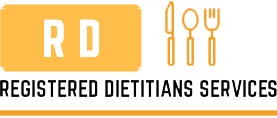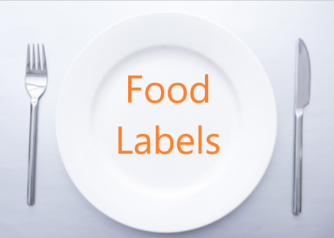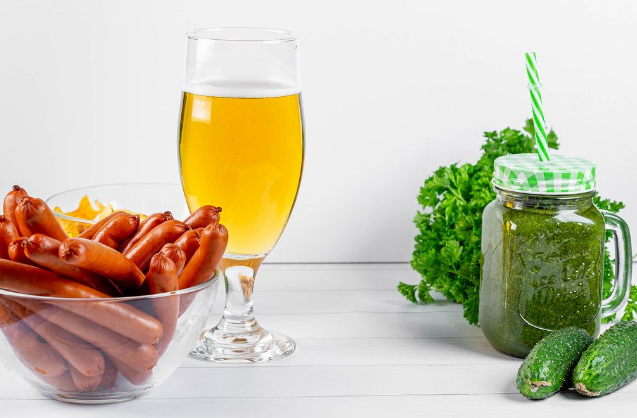What are food labels?
Food labels are important information found on each food product as these also provide instructions to consumers. In addition, from the manufacturer’s side a food label is important as it helps his product to stand out. In fact, 85% of consumers reports that their decision to buy a food product depends on the information found on the food product. This information helps you make informed choices when buying foods for you and your family. A food label will contain information such as:
- The food product
All food labels must have the name of the product. I think this is the obvious information as you cannot but a product not knowing what’s inside it. In addition, you cannot buy a packet saying that it contains biscuits and then when you open it you find pasta! This is a guarantee that the product is what we think it is.
- Manufacturer’s details
These details include where the product was made. This information is important so that if you have a complaint you can contact the manufacturer directly. In addition, this information is extremely important for people suffering from any food allergies or diet related conditions. In certain cases, the food label won’t be clear enough for example a person suffering from coeliac disease may be extremely sensitive to gluten and the normal threshold will still make that person ill. Therefore, the manufacturer needs to be contacted to clarify the exact content of gluten in the product.
- Nutrition information
In this section, we find product-specific information such as the serving size, amount of calories and nutrient information at the main or top section. At the bottom section, there is the % daily values and the number of calories used for general nutrition advice. These are highlighted in the nutrition label below.
- Ingredients
On all food labels the ingredients of the food product must be listed according to quantity. So, the first ingredient in the ingredient list is the most abundant while the last ingredient listed is the least abundant. In addition, the allergens must be highlighted bold in this section for example milk, nuts and fish.
- Expiry date
Each product has a different shelf-life which would have been determined by a set of experiments in the laboratory. This is important for HACCP and food safety. In other words, it is important for the consumer to consume food which is safe and of good quality. A product can have either ‘use by’ or ‘best before.’ What is the difference?
The phrase ‘use by’ means that the food product must be consumed till that date. If, the product is consumed after that date it is probable that it will make you feel sick due to bacterial growth and other pathogens. These type of products are usually milk and dairy products.
On the other hand, the ‘best before’ means that the quality of the product is at its best before that date. If, you consume that product after that date it will not make you sick but it would have changed its taste or crispiness for example crisps.
- Directions for use and storage
Some food labels may have a section with directions for use such as the temperature and time to cook that specific product. They may also contain the storage instructions for example if you have fresh dairy products the storage instructions would be to keep refrigerated.
- Allergens
There are 14 allergens which have to be listed if they are in the products. These are moluscs, eggs, fish, lupin, soya, milk, peanuts, wheat (gluten), crustaceans, mustard, nuts, sesame, celery and sulphites.
- Additives
Food additives can be added to food to improve its quality such as taste, texture and appearance of food. These must be used in the lowest quantity possible to reach their aim. Any added vitamins and minerals must be listed in this section. All food additives must be approved by the European Food Safety Authority (EFSA).
- Any nutrition and health claims
This section is the tricky one! The manufacturers often use terms in this section that are misleading. The below is a list of some of the terms:
- ‘light’ – this term doesn’t mean that the product is low in fat. It may be referring to its texture, colour or taste.
- ‘no cholesterol’ – all food products don’t contain cholesterol as our own body produce it. Therefore, one should look for the fat content of the product as that can be turned into cholesterol ones ingested in our body.
- ‘baked not fried’ – the baked product might still have the same amount of fat as the fried product. However, it sounds healthier.
- ‘fresh’ – it means that the product was not freeze, canned or subjected to any heat or chemical treatment. However, it may have spent a lot of time in processing and transport in a refrigerator.
- ‘no added sugar’ or ‘sugar free’ – this means that sugar has not been added with the product but it still contain its natural sugars.
- Percentage of fat – usually a product will have 80% fat free. Remember that 70% fat free is the same as 30% fat. Obviously is looks better the other way round.
As you can conclude for yourselves, food labels are there to guide you about a product however it may provide you with plenty of misinformation. This is why the Food and Agriculture Organization (FAO) and the World Health Organization (WHO) are working together to set global standards for food labels through the Codex Alimentarius Commission..




